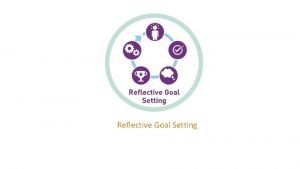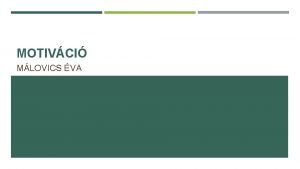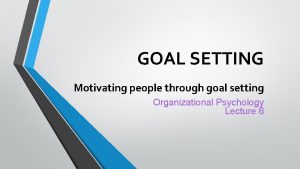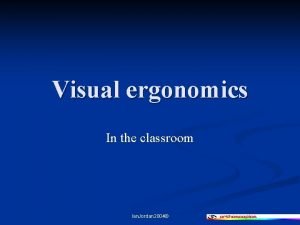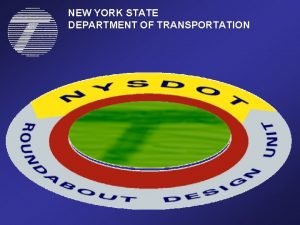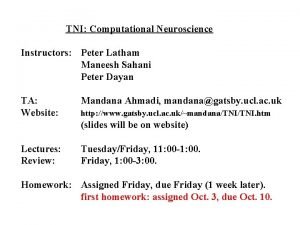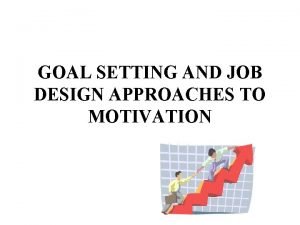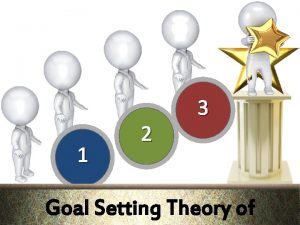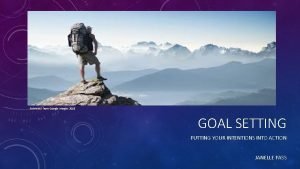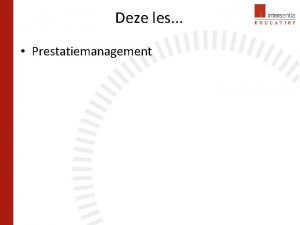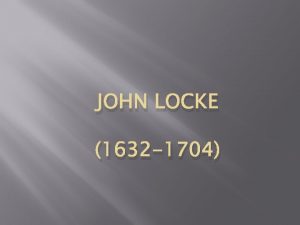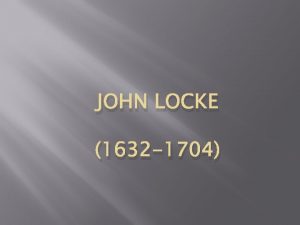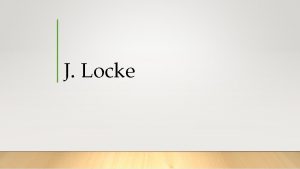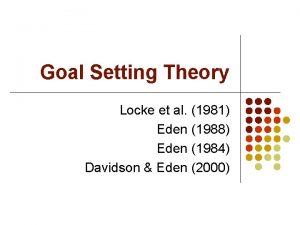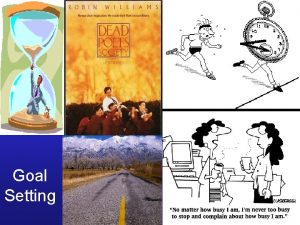Reflective Goal Setting Goal Setting Theory Locke Latham










- Slides: 10

Reflective Goal Setting

Goal Setting Theory – Locke & Latham TIME-BOUNDED Locke and Latham (1990)

Key features of successful goals: • • Specificity and clarity Difficulty and challenge Learning and/or performance Continued effort and key strategies Confidence to achieve - self-efficacy Buy-in Feedback on progress - self and others A desire to succeed!

Reflective Goal Setting Cycle Travers, Morisano and Locke (2015)

• Identify relevant self awareness activities, e. g. personality profiling, psychometrics • Gather feedback from trusted sources (e. g. superiors, peers and subordinates) and evaluate • Reflect on life experiences and patterns of behaviour (e. g. appraisals, reviews, 360 feedback, approach to goal setting). • Consider your consistent story • Identify what matters to you – your values as a leader • Consider what the organisation needs from you • Document findings and your thoughts, feelings and behaviours

• Identify a new specific, challenging goal area (e. g. assertiveness, empathy, communication) from each module • Identify scenarios related to the goal area that need improving • Outline specific key current behaviours involved in your approach to the goal area • Assess the impact of these behaviours on self, team and organisation • Obtain feedback (e. g. from superiors, peers, mentors etc. ) on goal choice where possible • Start to formulate a goal focus

• Consider effective behaviours, what does this behaviour look like? • Reflect on your previous successes • Observe role model behaviour • Review ‘good practice’ • Compare this ‘ideal’ with how you currently do things • Visualise yourself behaving more effectively in your goal related scenario • Imagine the actions, feelings, thoughts associated with this new behaviour • Envisage the external feedback/reactions that you might get from others • Log the ‘performance gap’ you have identified

• State the specific action that you are going to work on and in which particular scenarios • From the ‘best’ practice’ behaviours outlined in stage 3, select suitable and specific techniques and approaches to apply • Identify key measurement criteria to assess impact, change • • Do the new behaviours occur and with what outcome? What are your responses to the new behaviour, e. g. does your mood change? How do others respond to this behaviour (solicited and unsolicited feedback)? What impact could there be on team/organisation performance? • Write out your detailed goal statement

• Identify ‘practice grounds’ for your new behaviours/actions specific opportunities for practice plus tangential, yet relevant, scenarios • Reflect on goal activity regularly using an written record/log • Re-adjust goals if necessary to accommodate learning form practice • Review measurement criteria (identified in stage 4) to assess success • Consolidate learning into understanding of self in order to continue the cycle • Record changes as part of your self insight

Reflective Goal Setting Cycle
